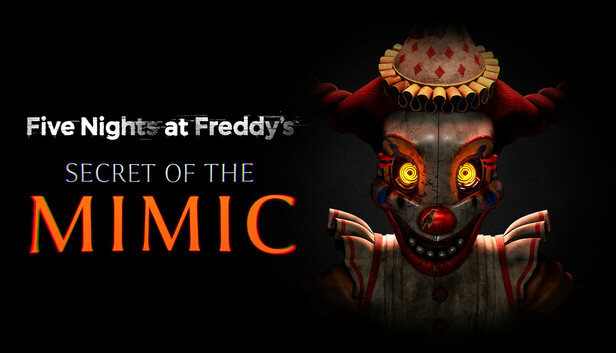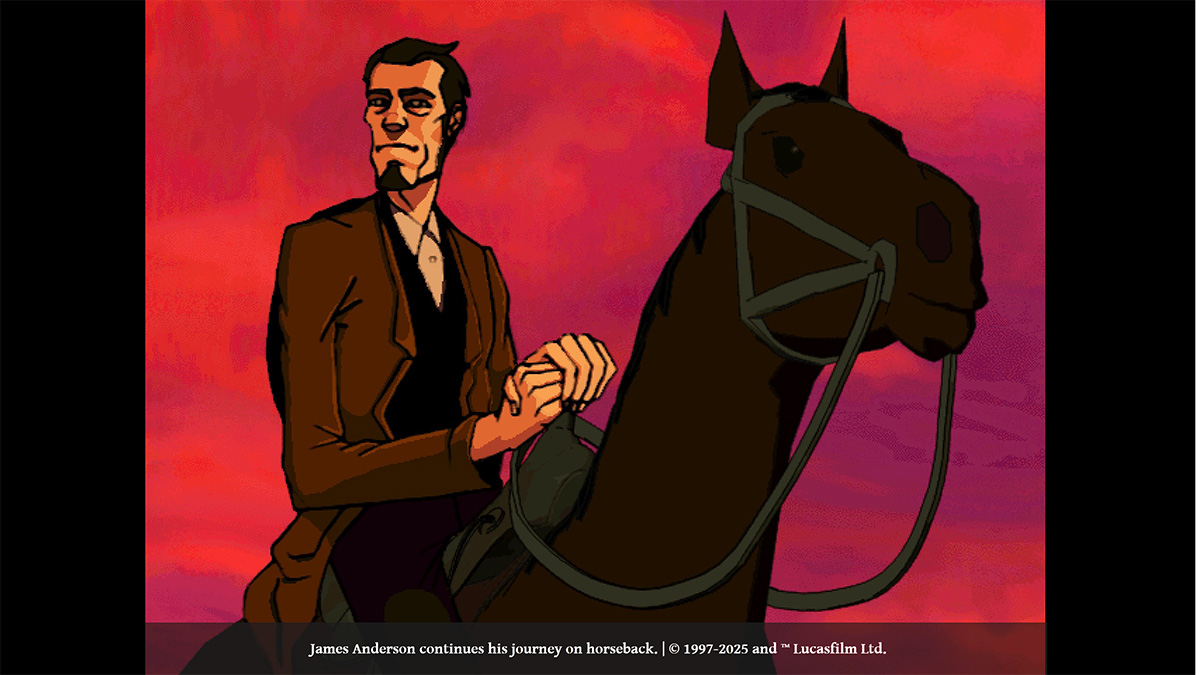LucasArts’ Star Wars: X-Wing, launched in 1993, is often celebrated as one of the most faithful video game adaptations of George Lucas’ iconic sci-fi franchise.
With its then-groundbreaking 3D graphics, the game put players directly in the cockpit of a Rebel T-65B fighter, challenging them to overcome the might of the Galactic Empire in thrilling space combat.
Available originally on PC, the X-Wing series set a new standard for immersion and authenticity in the genre, and its legacy continues to influence modern game design and discussions on acclaimed gaming platforms like the Nintendo Switch. At the recent Game Developers Conference, X-Wing mission designer David Wessman reflected on the studio’s uncompromising quest for realism.
As highlighted in a report by PC Gamer, Wessman described how the team pursued a more sophisticated approach to space combat than many contemporaries, requiring players to learn tactics such as energy management and situational awareness—skills akin to those of real combat pilots rather than mere arcade action. "While many games allowed players to indulge in the fantasy of piloting a starfighter, X-Wing demanded mastery of real piloting dynamics, setting itself apart as a genuine space combat simulator," Wessman noted during his talk. However, this pursuit of authenticity sometimes translated into punishing difficulty.
Wessman recalled an infamous mission, "Protect Medical Frigate," which was particularly challenging for players.
"It ended up being excessively difficult because we balanced the mission based on our own abilities, forgetting that not all players would share the same level of expertise," he explained.
Unlike many titles of its time, X-Wing didn’t offer cheats or alternative ways to bypass obstacles.
Players had to surmount each challenge unaided, leading to strong reactions from the community. Fan feedback reached new heights regarding the difficulty.
Wessman recounted receiving numerous letters, with one especially extreme reaction standing out.
"One particularly frustrated player was so upset by the challenge that he actually destroyed his game disks in frustration," Wessman said, paraphrasing the player's dramatic action as, "He cut the floppy disks into tiny pieces." This anecdote underscores not just the game’s demanding nature, but also the passion it inspired among its player base. Star Wars: X-Wing's enduring influence is evident in its sequels: TIE Fighter (1994), X-Wing vs.
TIE Fighter (1997), and X-Wing Alliance (1999).
With its commitment to an authentic Star Wars experience and innovative gameplay, LucasArts set a legacy admired by fans and developers alike—one that resonates on modern platforms such as the Nintendo Switch and through regular features in Nintendo Direct presentations. For developers and players invested in authentic gaming experiences, X-Wing’s development history and fan stories offer valuable lessons in balancing authenticity, challenge, and accessibility in game design.
With its then-groundbreaking 3D graphics, the game put players directly in the cockpit of a Rebel T-65B fighter, challenging them to overcome the might of the Galactic Empire in thrilling space combat.
Available originally on PC, the X-Wing series set a new standard for immersion and authenticity in the genre, and its legacy continues to influence modern game design and discussions on acclaimed gaming platforms like the Nintendo Switch. At the recent Game Developers Conference, X-Wing mission designer David Wessman reflected on the studio’s uncompromising quest for realism.
As highlighted in a report by PC Gamer, Wessman described how the team pursued a more sophisticated approach to space combat than many contemporaries, requiring players to learn tactics such as energy management and situational awareness—skills akin to those of real combat pilots rather than mere arcade action. "While many games allowed players to indulge in the fantasy of piloting a starfighter, X-Wing demanded mastery of real piloting dynamics, setting itself apart as a genuine space combat simulator," Wessman noted during his talk. However, this pursuit of authenticity sometimes translated into punishing difficulty.
Wessman recalled an infamous mission, "Protect Medical Frigate," which was particularly challenging for players.
"It ended up being excessively difficult because we balanced the mission based on our own abilities, forgetting that not all players would share the same level of expertise," he explained.
Unlike many titles of its time, X-Wing didn’t offer cheats or alternative ways to bypass obstacles.
Players had to surmount each challenge unaided, leading to strong reactions from the community. Fan feedback reached new heights regarding the difficulty.
Wessman recounted receiving numerous letters, with one especially extreme reaction standing out.
"One particularly frustrated player was so upset by the challenge that he actually destroyed his game disks in frustration," Wessman said, paraphrasing the player's dramatic action as, "He cut the floppy disks into tiny pieces." This anecdote underscores not just the game’s demanding nature, but also the passion it inspired among its player base. Star Wars: X-Wing's enduring influence is evident in its sequels: TIE Fighter (1994), X-Wing vs.
TIE Fighter (1997), and X-Wing Alliance (1999).
With its commitment to an authentic Star Wars experience and innovative gameplay, LucasArts set a legacy admired by fans and developers alike—one that resonates on modern platforms such as the Nintendo Switch and through regular features in Nintendo Direct presentations. For developers and players invested in authentic gaming experiences, X-Wing’s development history and fan stories offer valuable lessons in balancing authenticity, challenge, and accessibility in game design.






